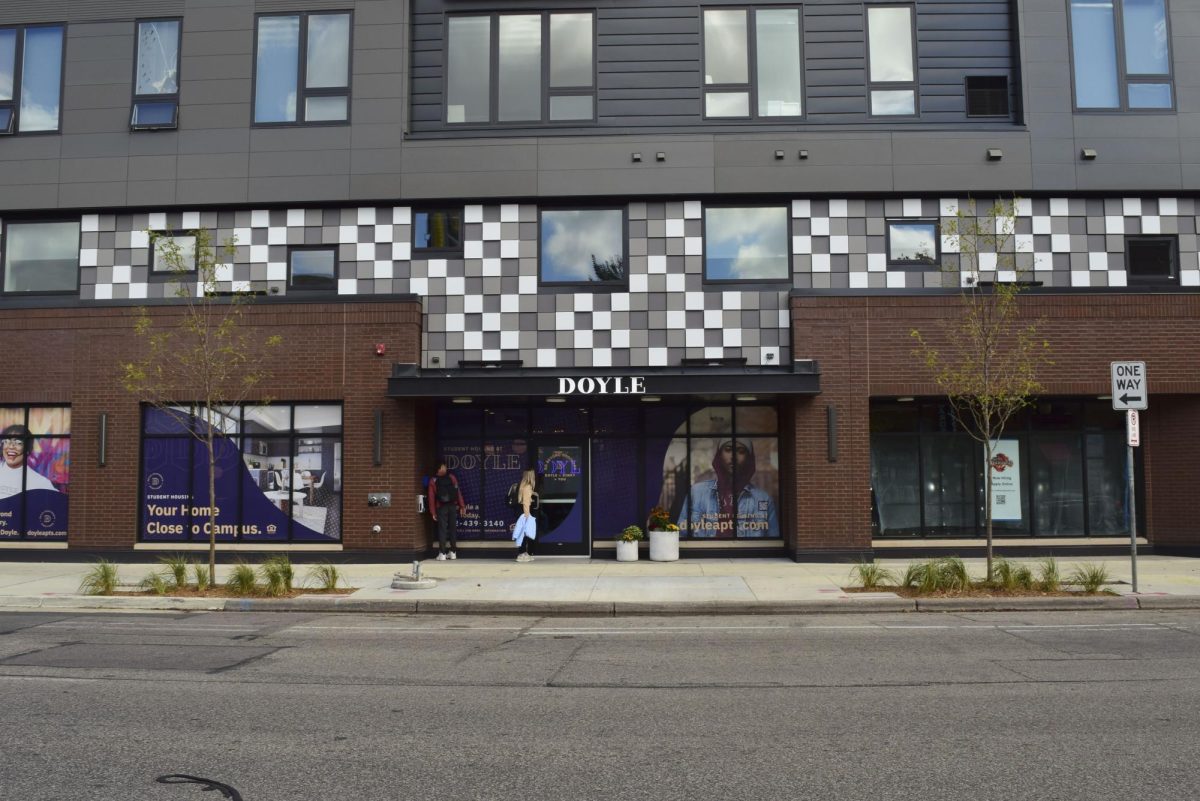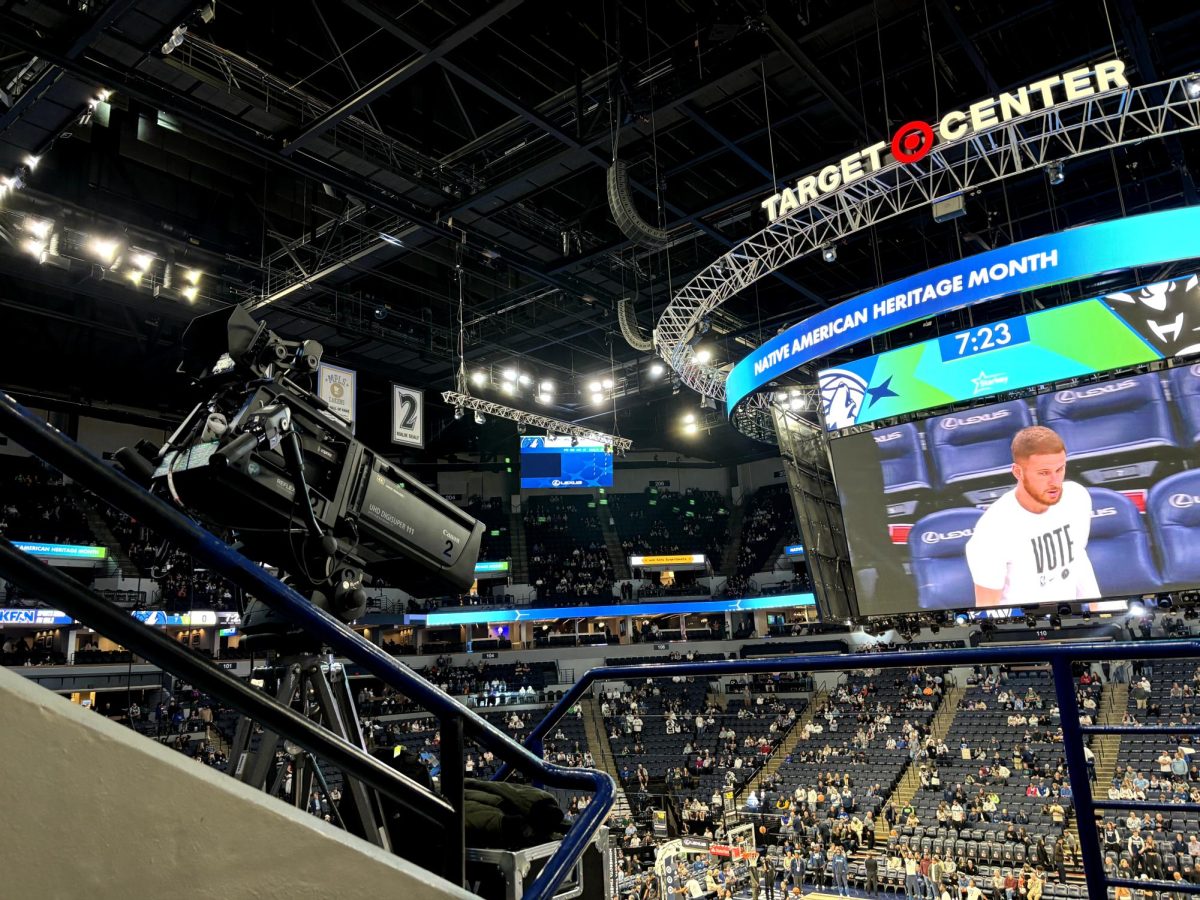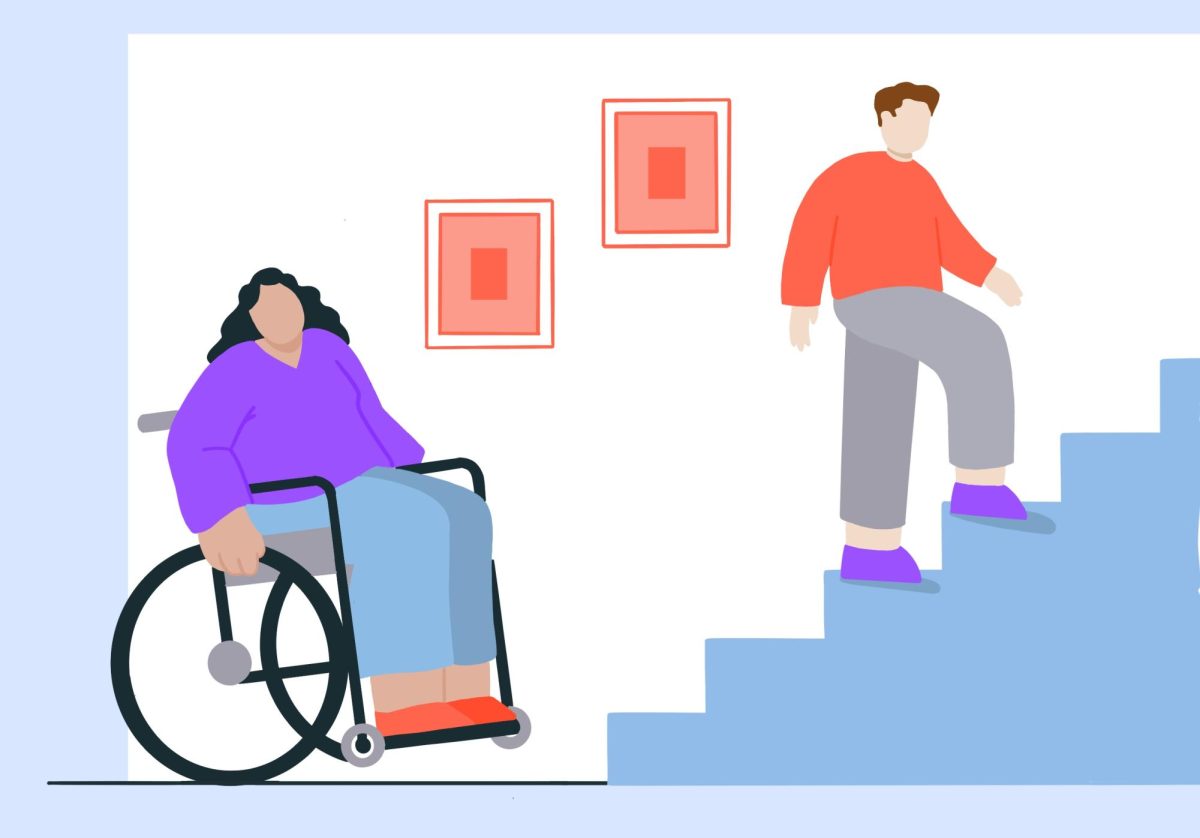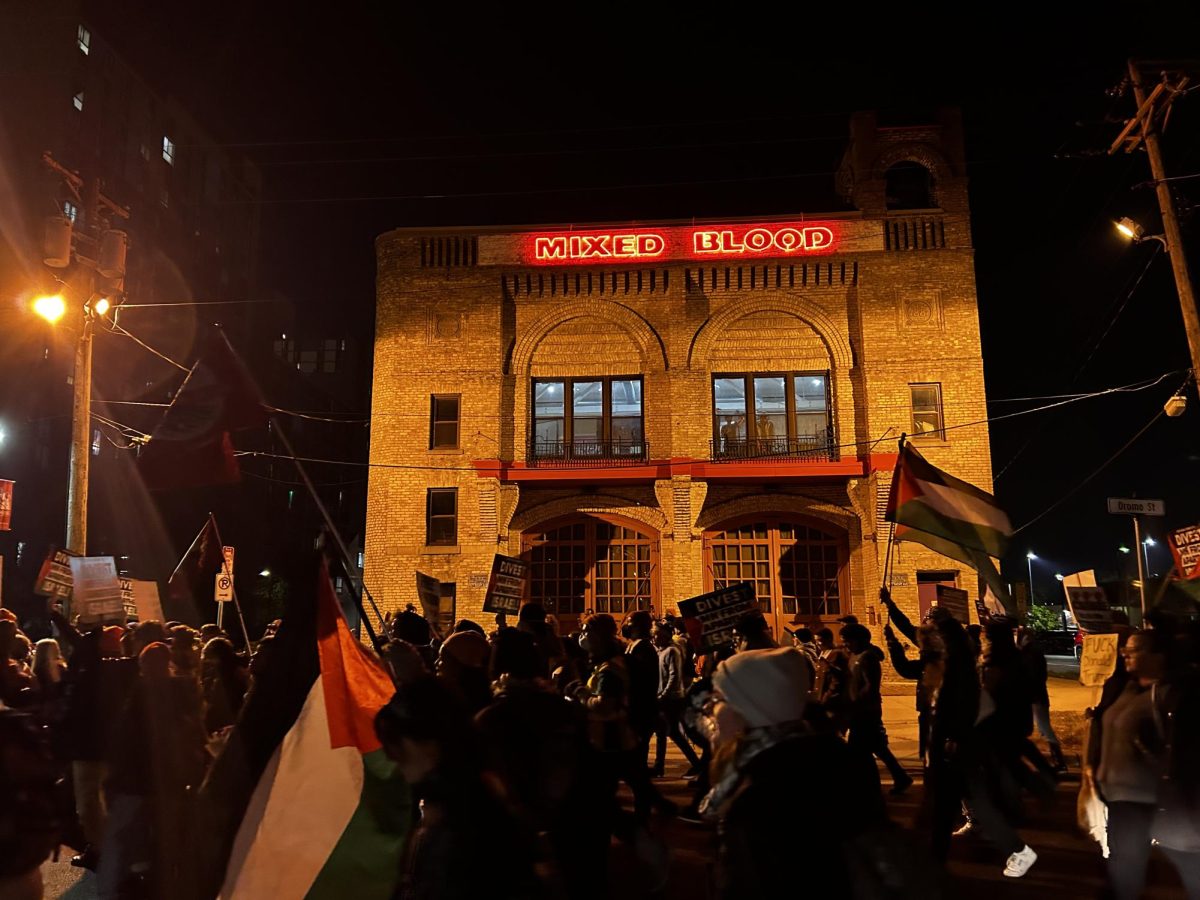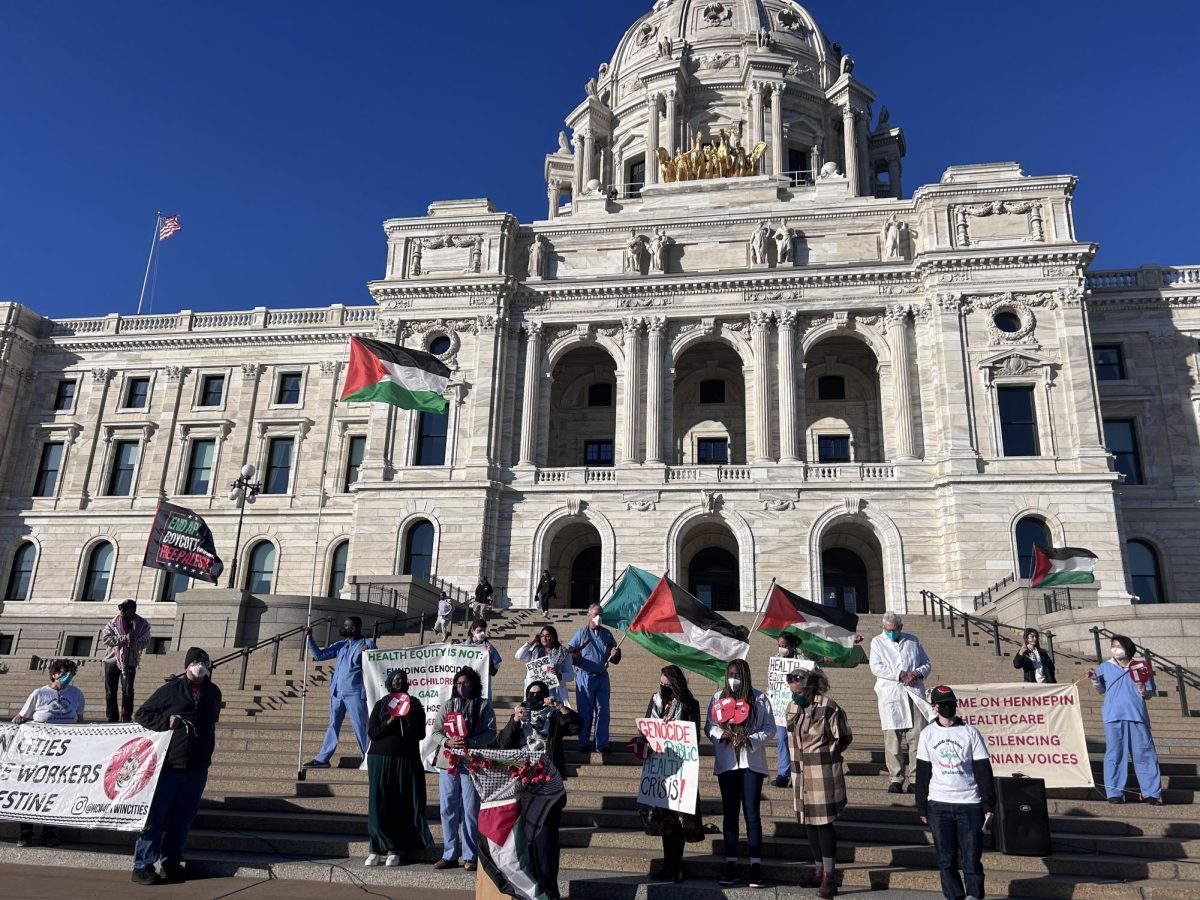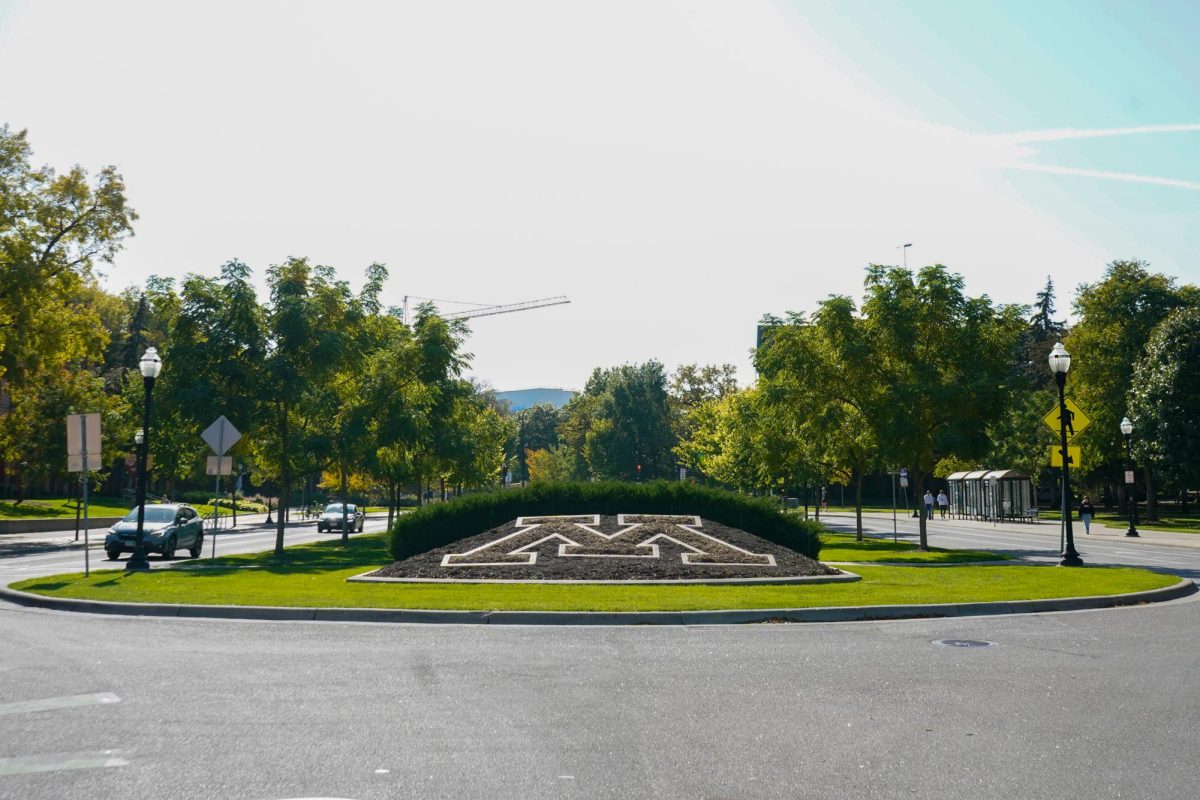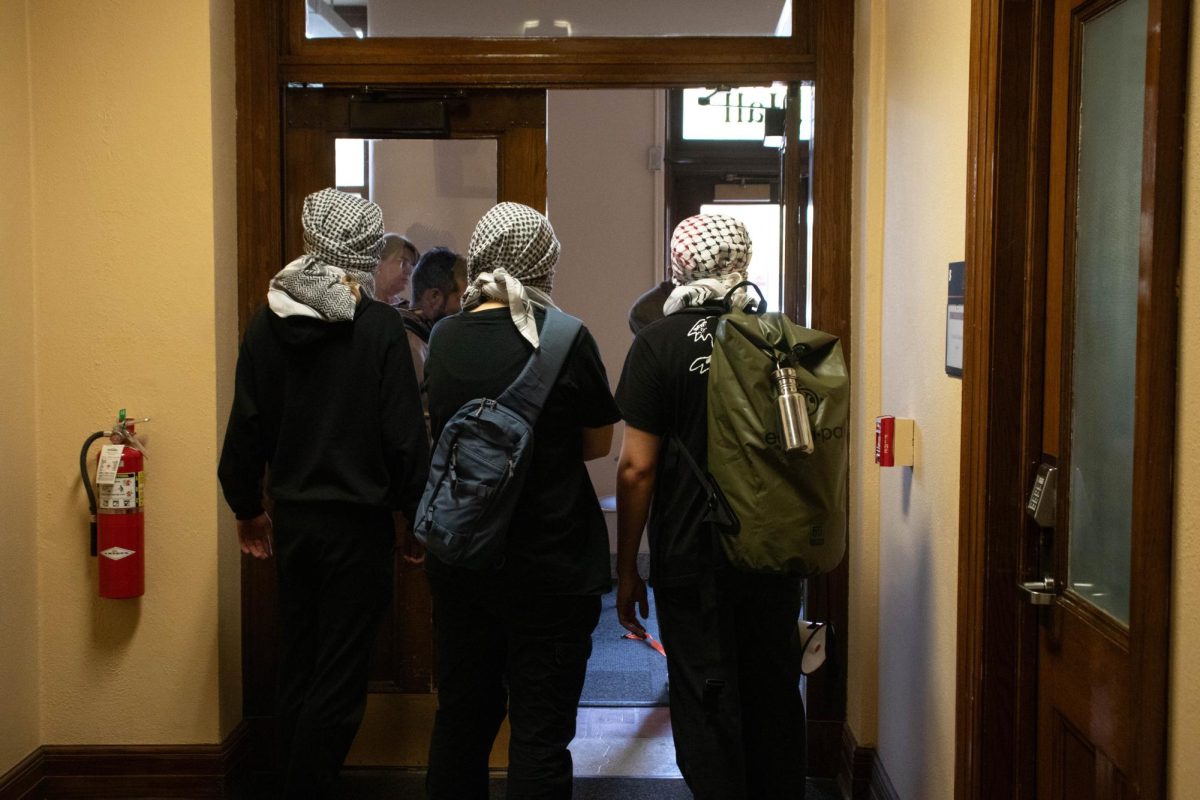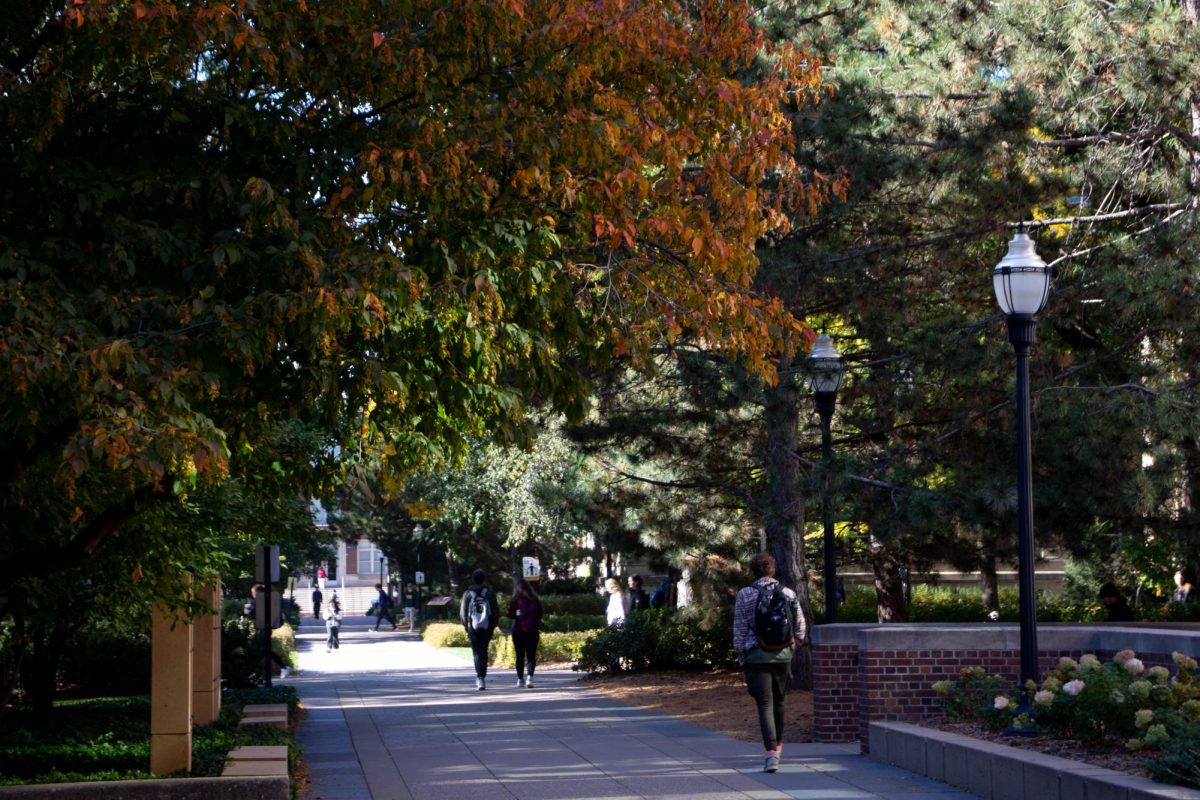The Minnesota Student Association’s new Row the Vote initiative is recruiting student ambassadors to increase voter turnout on campus for the November election.
Since the beginning of August, MSA has recruited 54 student ambassadors across campus to participate in the initiative. Ambassadors dedicate one hour a week to nonpartisan voter registration initiatives by sharing social media posts, contacting their personal networks, and answering questions about the voting process. Before the election, MSA hopes to have up to 75 ambassadors.
In past years, MSA’s Voter-Palooza event helped register students to vote in-person, but the pandemic reshaped voter outreach strategies. With the help of other University of Minnesota students, MSA hopes to reach as many students as possible before the November election.
“People are kind of scared about the status of the USPS, whether or not their vote is going to be counted or whether or not it’s safe to be voting in person,” said Rose Lloyd, MSA’s deputy government and legislative affairs director. “These pieces of information get kind of lost for students who aren’t in political science or who aren’t really plugged in with the ways that voting works.”
Row the Vote ambassadors are trained through a 20-minute presentation on Minnesota voter registration and given a brief voting rights history. Ambassadors are then given a script and asked to virtually reach out to 50-100 people in their network.
“We give a brief history of voting rights and who has historically not had access to the ballot because that’s very important for us to educate voting ambassadors on,” Lloyd said.
Sanju Sivaan, who is a current Row the Vote ambassador, said that she has reached out to her friends, roommates and classmates. She eventually wants to reach out to student groups on campus and her connections on Instagram.
“I think that a lot of people seemed to appreciate [my reaching out] actually, which was surprising to me,” Sivaan said.
The Multicultural Undergraduate Political Science Coalition is a student group on campus that plans to work with MSA in getting students registered to vote.
The president of MUPSC, Rielle Miguel, says she hopes to diversify the leadership within the broader initiative.
“We don’t want ambassadors to only be social science students. We want to expand it to even STEM majors and design majors. But, along with that, we also want to make sure that more people of color are the ones who are leading this,” Miguel said.
The University ranked second out of 76 campuses listed as top voting campuses in the U.S. based on data from the 2016 presidential election, according to WhoWhatWhy, a nonprofit news organization. The University showed a 65% student voter turnout rate. The WhoWhatWhy report considered accessibility to voting polls on campus, whether students can use a student ID to vote, if schools ran voter registration drives and if there was early voting on campus.
Nationally, college student voter turnout more than doubled from 2014, increasing from 19% to 40% in 2018, according to the Institute for Democracy and Higher Education.
Lloyd said she wants to continue to see those numbers rise.
“We just hope to see those numbers go up even more this year. We would love a record high voter registration and voting rate,” she said.




